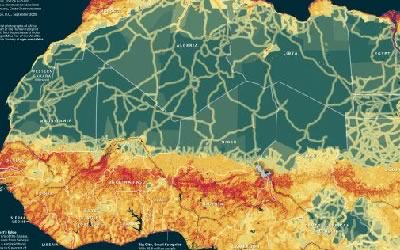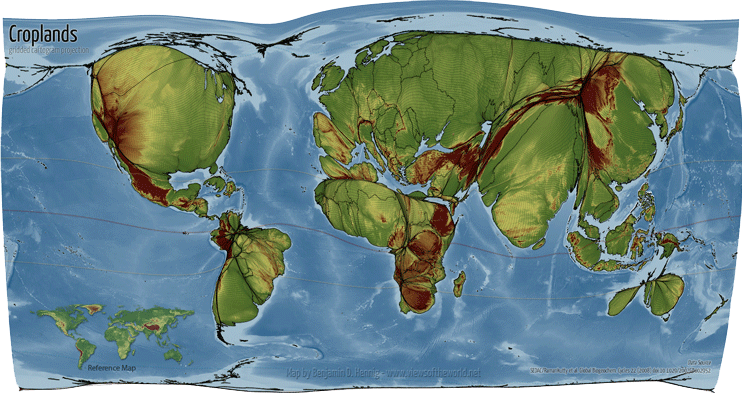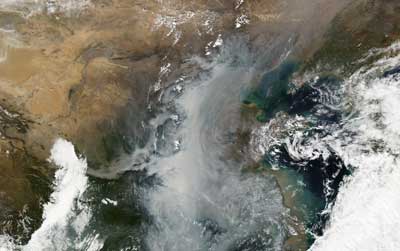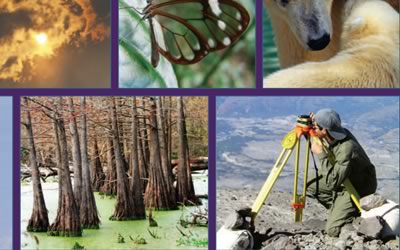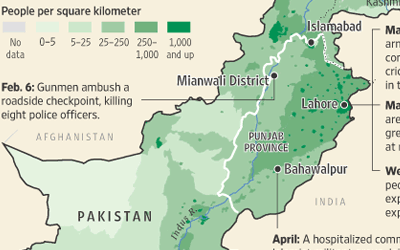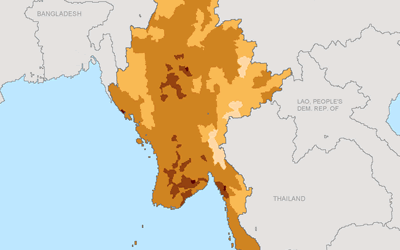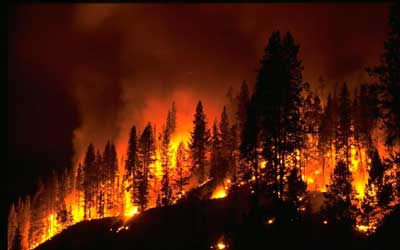
In moist regions around the globe, fire activity is believed to be driven by drought frequency, whereas in dry regions, fire is thought to be limited by the amount of fuel available. Researchers recently tested these ideas by comparing global fire activity as detected by the NASA Moderate Resolution Imaging Spectroradiometer (MODIS) sensor with measures of vegetation such as net primary productivity from the Human Appropriation of Net Primary Productivity (HANPP) data collection available from SEDAC and the Normalized Difference Vegetation Index (NDVI) derived from NOAA satellite data. Although fire activity is indeed limited by droughts in moist areas and by fuel in dry regions, human activities—specifically tropical rain forest deforestation and fire suppression policies in the western U.S.—also strongly influence fire activity.

